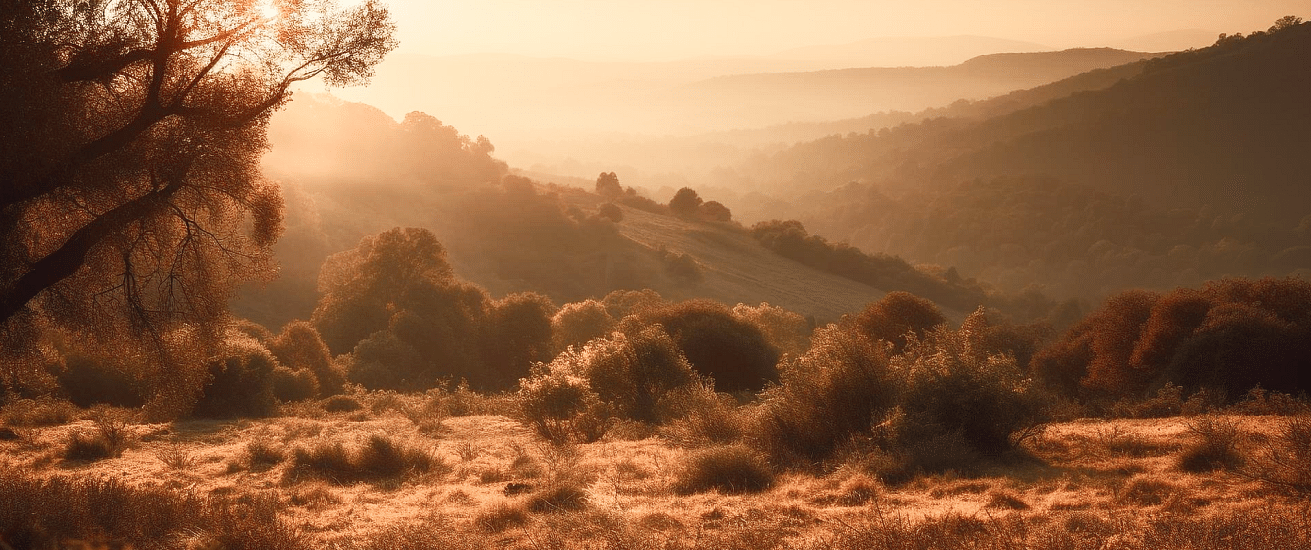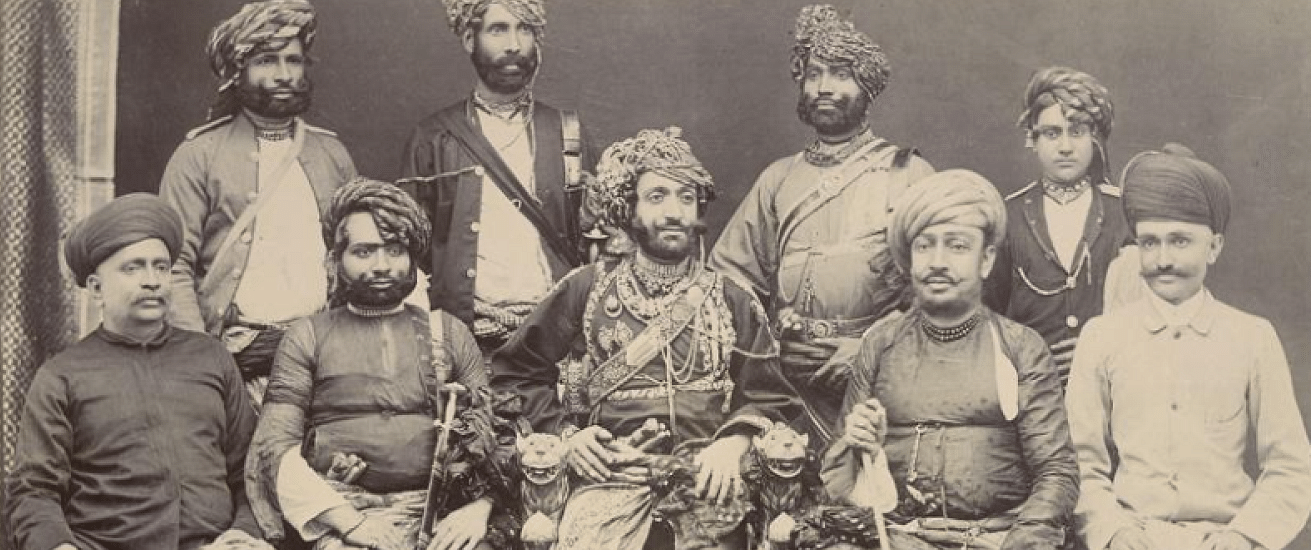Home > Destination

Destination
Discover the Untamed Beauty of Sasan Gir
Nestled in the heart of Gujarat, India, Sasan Gir is the celebrated home of the majestic Asiatic lions, offering a unique blend of adventure, nature, and wildlife. This enchanting destination, also known as Gir National Park and Wildlife Sanctuary, spans hundreds of square kilometres of diverse ecosystems, making it a haven for biodiversity and nature enthusiasts.

History Of Sasan Gir
Devalia Safari Park was acknowledged as Gir National Park in 1975. It is the only national park where a large number of Asiatic Lions can be found in their natural habitat. Regardless of being ruled by the Britishers, Kings, and Nawabs before India’s freedom, Sasan Gir maintained its charisma. The Nawab of the princely state of Junagarh in the early 20th century “protected” and saved the lion population from fully disappearing.
Gir National Park is the only area, outside of Africa where you can witness the majestic Asiatic Lion species in its native environment along with the diverse variety of birds and small animals. It is a significant dilemma for the Maldharis, a tribe living in the forest since the livestock is often preyed upon by lions. The Panther and the Hyena are the two such predators. Along with the long-tailed langur, Sambar, Chowsingha, Chital, Indian Deer, Chinkara, Nilgai, and many others can also be found here.
The Final earthly home to the majestic Asiatic Lions is the Gir National Park and Lion Sanctuary snuggled in Gujarat’s Kathiawad peninsula. It houses more than 650 Asiatic Lions which are one of the world’s most endangered species and were on the verge of extinction. With over 5,09,956 tourists passing through each year, it is one of the famous tourist destinations.

lorem ipsun

lorem ipsun

lorem ipsun
The Culture
A trip to Gujarat is unlikely to be complete without a visit to Sasan Gir. With an exciting experience due to its diverse culture, Sasan Gir will provide you with a whole lot of memories and thrill. Gir’s culture is well portrayed in its traditional customs, art, cuisine, and architecture. The Culture here is a blend of way of life, modern tradition as well as tribal culture. The Residents of Sirvan village are Siddhi. The Siddhis pursue some indigenous traditions with the exception of the Damal Dance, which is a derivative of Africa’s Ngoma drumming and dance genre.
One of the sights to behold here is the Kamleshwar Dam which is built over one of the seven rivers and passes through the Gir forest housing the crocodiles. Some of the other places which can be visited on the way include Somnath Temple, Kankai Temple, Tulsi Shyam Temple, Mandvi Beach, Diu, Kutch, Junagarh, Dwarka, and the Girnar Hills.

Conservation History of the Asiatic Lion
Indeed, the Nawabs of Junagadh played a significant role in the conservation history of the Asiatic lion. Junagadh, located in the western state of Gujarat in India, was historically one of the princely states of British India. The Nawabs of Junagadh, particularly Nawab Muhammad Mahabat Khan III (reigned from 1907 to 1959), took an active interest in protecting the Asiatic lion population in the Gir forest, which is the last natural habitat of these lions. During his reign, he implemented various conservation measures aimed at safeguarding the lions and their habitat.
Protection of Habitat: The Nawabs ensured the protection of the Gir forest, the last remaining natural habitat of the Asiatic lion. They enforced strict laws against poaching and deforestation in the region.
Establishment of Sanctuary: Nawab Muhammad Mahabat Khan III established the Gir Wildlife Sanctuary in 1913, making it one of the earliest protected areas in India. This sanctuary provided a safe haven for the lions and other wildlife species.
Community Support: The Nawabs worked with local communities to garner support for lion conservation efforts. They understood the importance of involving the local people in conservation initiatives and implemented various measures to ensure their cooperation.
Awareness and Education: The Nawabs promoted awareness about the importance of lion conservation through educational programs and campaigns. They emphasized the cultural and ecological significance of the Asiatic lion and encouraged people to take pride in their natural heritage.
International Recognition: Their efforts gained international recognition, drawing attention to the plight of the Asiatic lion. This helped in mobilizing support from conservation organizations and governments to further protect the species.

Lord Curzon
Lord Curzon, the British Viceroy of India from 1899 to 1905, also played a significant role in the conservation of the Asiatic lion. During his tenure, he took note of the declining population of lions in India and initiated measures to protect them.
One of the key contributions of Lord Curzon to lion conservation was the proclamation of the Nawab of Junagadh as the "Chief Conservator of the Gir Forest". This proclamation recognized the Nawab's authority and responsibility in protecting the lions and their habitat. It marked an early recognition of the importance of local involvement in conservation efforts.
Furthermore, Lord Curzon's government established the Imperial Forest Service, which played a crucial role in enforcing wildlife protection laws and managing forest reserves, including those inhabited by lions. This service laid the groundwork for organized conservation efforts across India.
Overall, Lord Curzon's initiatives, including the recognition of local authority in conservation and the establishment of institutions for wildlife protection, contributed to the early conservation efforts for the Asiatic lion population in India.

Location
Sasan Gir, Gujarat, India
Time At Sasan Gir
time
Weather
Today: 37°C
Geographical Details About Sasan Gir
Sasan Gir, located in Gujarat, India, is renowned as the last refuge of the Asiatic lion. Spanning 1412 square kilometres, its terrain features dry deciduous forests, scrublands, and hills. The Gir National Park within is home to diverse wildlife, including lions, leopards, and various bird species. The region experiences a tropical climate with scorching summers and mild winters. Sasan Gir is a testament to successful wildlife conservation efforts and offers visitors a chance to witness these majestic creatures in their natural habitat.

The Distances From Major Cities Nearby Are as Follows:
| Keshod | 65 Km |
| Diu | 95 Km |
| Rajkot | 190 Km |
| Ahmedabad | 390 Km |

The Distances From Major Cities Nearby Are as Follows:
| Veraval | 40 Km |
| Junagadh | 60 Km |
| Rajkot | 170 Km |

The Distances From Major Cities Nearby Are as Follows:
| Ahmedabad | 380 Km |
| Rajkot | 160 Km |
| Junagadh | 60 Km |
| Veraval | 35 Km |
| Somnath | 40 Km |
| Keshod | 55 Km |
| Diu | 95 Km |
Subscribe For Our Newsletter
Subscribe to Unlock Insider Access, Special Promotions, and Unforgettable Retreats at Our Resort Paradise!





